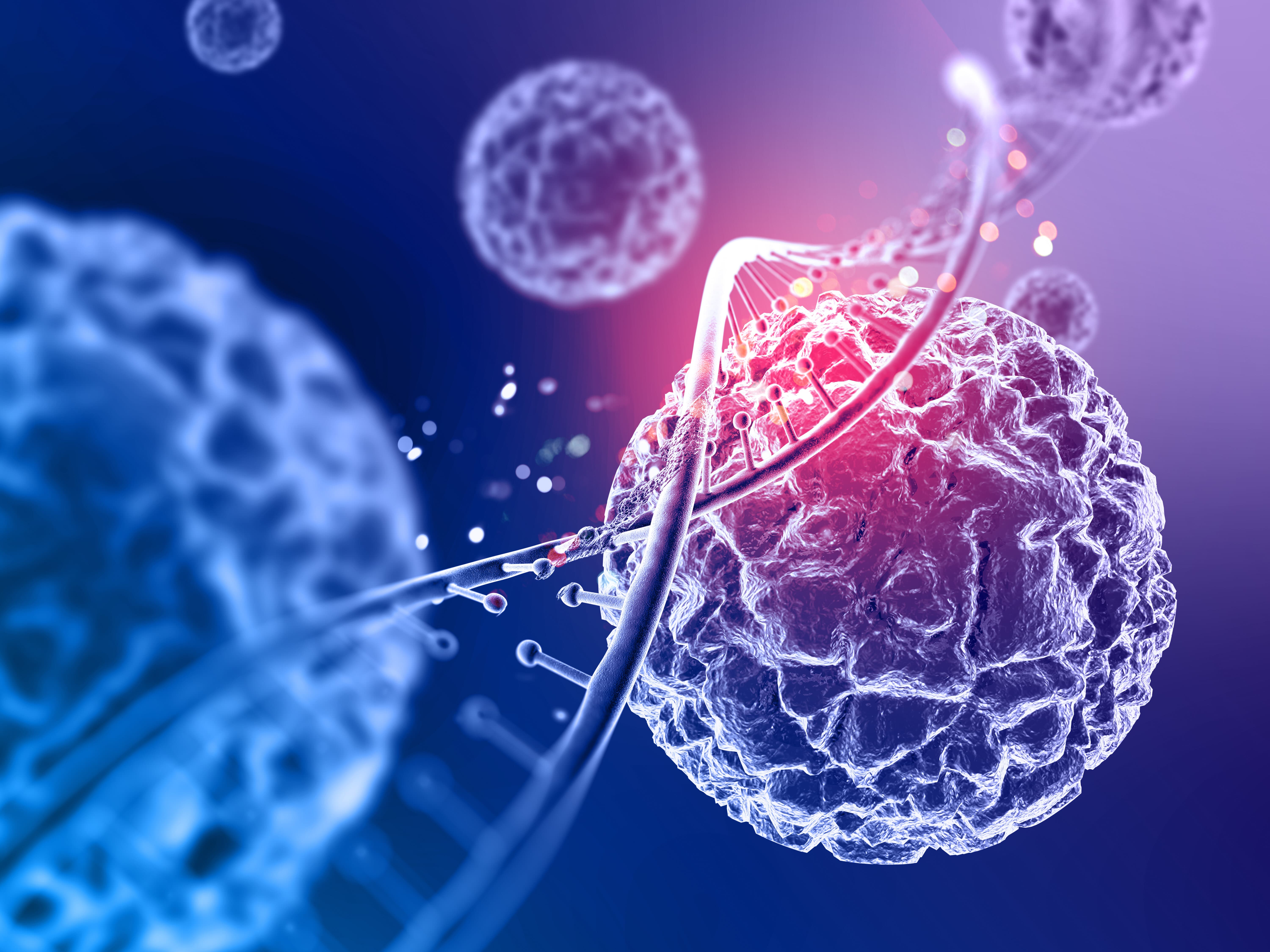
The Role of Iron in Cancer Treatment

Introduction:
Cancer is a complex disease characterized by uncontrolled cell growth and the ability to invade surrounding tissues. Over the years, researchers have explored various avenues to develop effective treatments. One area of interest is the role of iron in cancer treatment. Iron, an essential nutrient for normal cellular functioning, has been found to play a significant role in tumor growth and progression. This article provides an overview of the significance of iron in cancer treatment, exploring its influence on tumor biology, the development of iron-based therapies, and potential challenges associated with targeting iron in cancer cells.
Iron Metabolism and Tumor Biology:
Iron is a crucial element involved in multiple cellular processes, including oxygen transport, DNA synthesis, and energy production. In normal cells, iron homeostasis is tightly regulated, maintaining a delicate balance between absorption, storage, and utilization. However, cancer cells often exhibit altered iron metabolism, leading to dysregulated iron levels that promote tumor growth and survival.
One key aspect of iron's role in cancer is its involvement in angiogenesis, the process by which new blood vessels are formed to supply oxygen and nutrients to tumors. Iron supports angiogenesis by promoting the production of pro-angiogenic factors and enhancing the stability of hypoxia-inducible factors (HIFs), which are critical regulators of blood vessel formation in tumors.
Moreover, iron contributes to the proliferation and survival of cancer cells through its participation in DNA replication and repair mechanisms. Cancer cells often exhibit increased iron uptake, allowing them to meet their high metabolic demands and maintain genomic stability. Iron also influences the activity of enzymes involved in cell cycle progression and apoptosis, further affecting tumor growth and response to treatment.
Iron-Based Therapies in Cancer Treatment:
Understanding the significance of iron in tumor biology has prompted researchers to explore iron-based therapies as potential strategies for cancer treatment. One such approach is iron chelation therapy, which involves the use of chelating agents to bind and remove excess iron from the body. Chelation therapy aims to disrupt the iron supply to cancer cells, thereby inhibiting their growth and inducing apoptosis.
Several iron chelators, such as deferoxamine and deferasirox, have been investigated for their anticancer properties. These chelators have shown promising results in preclinical studies, demonstrating their ability to inhibit tumor growth and sensitize cancer cells to conventional therapies. Clinical trials evaluating the efficacy and safety of iron chelation therapy in cancer patients are ongoing, providing valuable insights into its potential as a therapeutic approach.
Another emerging area in iron-based cancer treatment is the development of iron-based nanoparticles (IBNPs) for targeted drug delivery and imaging. IBNPs possess unique properties, such as high stability, biocompatibility, and the ability to be functionalized with targeting ligands. These nanoparticles can be loaded with anticancer drugs or imaging agents and selectively delivered to tumor sites, enhancing treatment efficacy while minimizing off-target effects. IBNPs have shown promise in preclinical models, and their clinical translation holds great potential for personalized cancer therapy.
Challenges and Considerations:
While the role of iron in cancer treatment shows promise, there are several challenges and considerations to address. One challenge is the potential for systemic iron depletion during iron chelation therapy. Iron is essential for the normal functioning of healthy cells, and reducing iron levels indiscriminately may lead to adverse effects. Therefore, it is crucial to optimize iron chelation protocols to selectively target cancer cells while minimizing harm to normal tissues.
Furthermore, the heterogeneity of iron metabolism in different cancer types and individual patients poses a challenge for personalized treatment approaches. The development of reliable biomarkers and imaging techniques to assess iron levels and tumor response to iron-based therapies is essential for tailoring treatment strategies and monitoring therapeutic efficacy.
Another consideration is the potential for resistance to iron-based therapies. Cancer cells can develop mechanisms to evade iron deprivation, such as upregulating iron uptake transporters or altering iron metabolism pathways. Combining iron-based therapies with other treatment modalities, such as chemotherapy or immunotherapy, may overcome resistance mechanisms and improve treatment outcomes.
Appreciate the creator